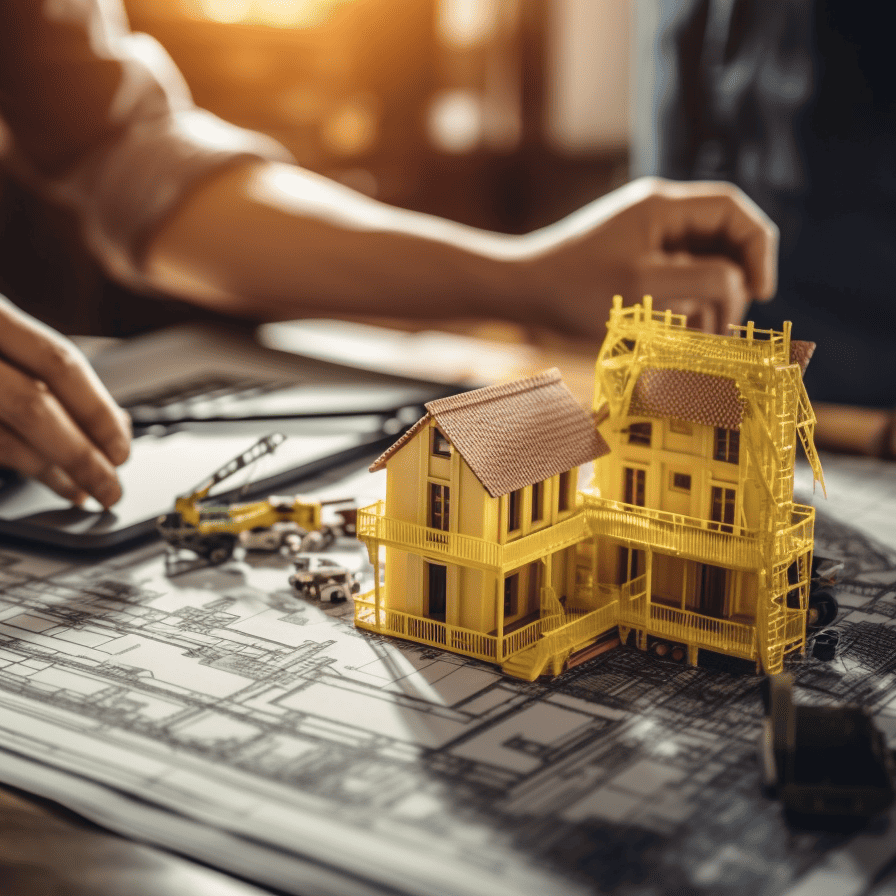As the vast landscapes of Alberta beckon, many homeowners and businesses alike find themselves considering versatile, easy-to-assemble structures. One popular choice is the 30×40 garage kit. But what about the cost? Understanding how much you need to invest in such a structure can save you time, energy, and potentially unexpected expenses. Today, let’s delve into the various factors influencing the 30×40 garage kit cost in Alberta and help you make an informed decision.
## The Allure of 30×40 Garage Kits
Who doesn’t love the idea of extra storage or workspace? Whether you need a place to store your vehicles, create a workshop, or have a bit of additional storage, a 30×40 garage kit offers ample space. But why opt for a garage kit instead of constructing a conventional building?
### Cost-Effective and Efficient
One significant advantage of garage kits, particularly 30×40 garage kit, is their cost-effectiveness. These kits come pre-manufactured, ensuring all components fit perfectly together. This means fewer unexpected costs and less wasted time during construction. The efficiency of these kits can trim down labor costs significantly, making them an attractive option for budget-conscious individuals.
### Customization and Versatility
Not only are these garage kits cost-effective, but they also offer considerable versatility. Whether you want a basic storage space or a fully functional workshop, you can tailor the 30×40 garage kit to meet your specific needs. Customizable features range from the number and placement of windows to insulation options and roof styles.
### Durability in Alberta’s Climate
Alberta’s climate can be quite varied, with harsh winters and warm summers. Thankfully, steel garage kits in Alberta are built to withstand these conditions. Steel, being both durable and resistant to pests and fire, ensures that your investment is protected.
## Factors Influencing 30×40 Garage Kit Cost in Alberta
Understanding what influences the cost of a 30×40 garage kit in Alberta can help you budget more accurately. From the materials used to regulatory requirements, several factors come into play.
### Material Quality and Type
Naturally, one of the primary factors affecting cost is the material quality and type used in the garage kit. While steel is a common choice due to its durability, the quality of the steel can vary. High-quality steel may come at a higher upfront cost but offers better longevity and resistance to environmental factors.
### Customization Options
The more you customize your garage kit, the higher the cost. Custom features such as skylights, advanced insulation, or custom doors can add to the final bill. Consider what features are essential versus those that are merely “nice to have.”
### Labor and Installation Costs
Even though garage kits reduce labor costs compared to traditional construction methods, there’s still a cost associated with installation. Skilled labor is required to ensure the structure is assembled correctly, and this can vary based on your location and the complexity of your customization options.
### Shipping and Logistics
Shipping is another consideration. Given Alberta’s vast geography, shipping costs for your 30×40 garage kit can add a significant amount to the total expense. Be sure to factor in these logistics when budgeting for your project.
### Permits and Regulatory Compliance
Alberta has specific Building Codes in Alberta that you will need to comply with. The cost of obtaining necessary permits can vary and should be included in your overall budget. Make sure to consult local regulations and factor in any associated fees.
## Comparing Costs Across Regions
To give you a broader perspective, it might be beneficial to compare the 30×40 garage kit Cost in Ontario with those in Alberta. Doing so can provide insights into regional cost differences and help you identify any additional or hidden costs typical to Alberta.

## Breaking Down the Expenses
Let’s break down the potential expenses to give you a clearer picture of what you might expect to pay.
### Base Kit Price
The base price for a 30×40 garage kit can range from $10,000 to $20,000, depending on material quality and suppliers. This price usually includes the basic structure, but not customization.
### Customization Costs
Depending on the level of customization, you could add another $1,000 to $5,000 to the base price. More custom features can increase this amount further.
### Installation
Labor costs for assembly and installation could range from $3,000 to $8,000. Again, this depends on the complexity and location.
### Shipping and Permits
Shipping can add another $500 to $2,000, depending on your location within Alberta. Permit costs can vary, so contact your local municipal office for specific fees, usually ranging from $100 to $1,000.
## Financing Options
When considering such an investment, it’s worth exploring various financing options. Many suppliers offer financing plans, and some local banks or credit unions may provide specialized loans for construction projects.
### Supplier Financing
Some suppliers provide financing options directly, which can be convenient. However, check for hidden fees and compare interest rates.
### Personal Loans
Your local bank or credit union might offer personal loans that can be used to finance the garage project. Interest rates and terms can vary, so shop around for the best deal.
### Government Grants
Sometimes government grants or incentives are available for eco-friendly construction projects. Check with local authorities for any available programs that could offset costs.

## Maximizing Your Investment
To get the most out of your 30×40 garage kit, consider these tips:
### Choose High-Quality Materials
Opting for higher-quality materials not only ensures longevity but can also save on maintenance costs in the long run.
### Opt for Essential Customizations
Focus on customizations that add value, such as improved insulation or extra ventilation. These features can enhance the utility and comfort of your garage.
### Plan for Future Needs
Think ahead about how you might use the space in the future. Extra electrical wiring or plumbing installed during initial construction can save costs and hassle down the line.





